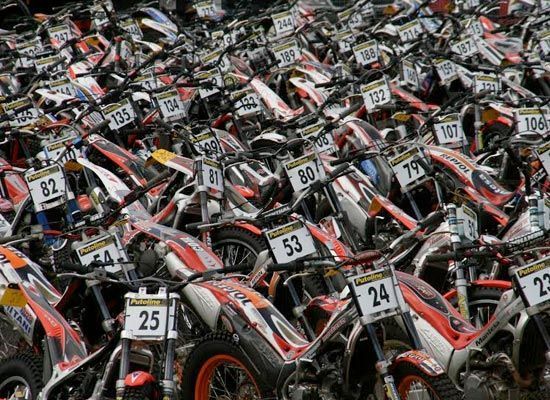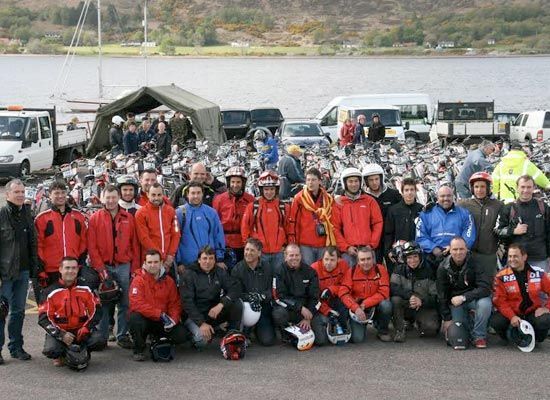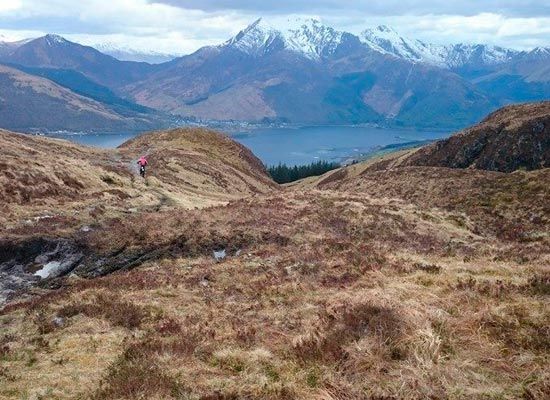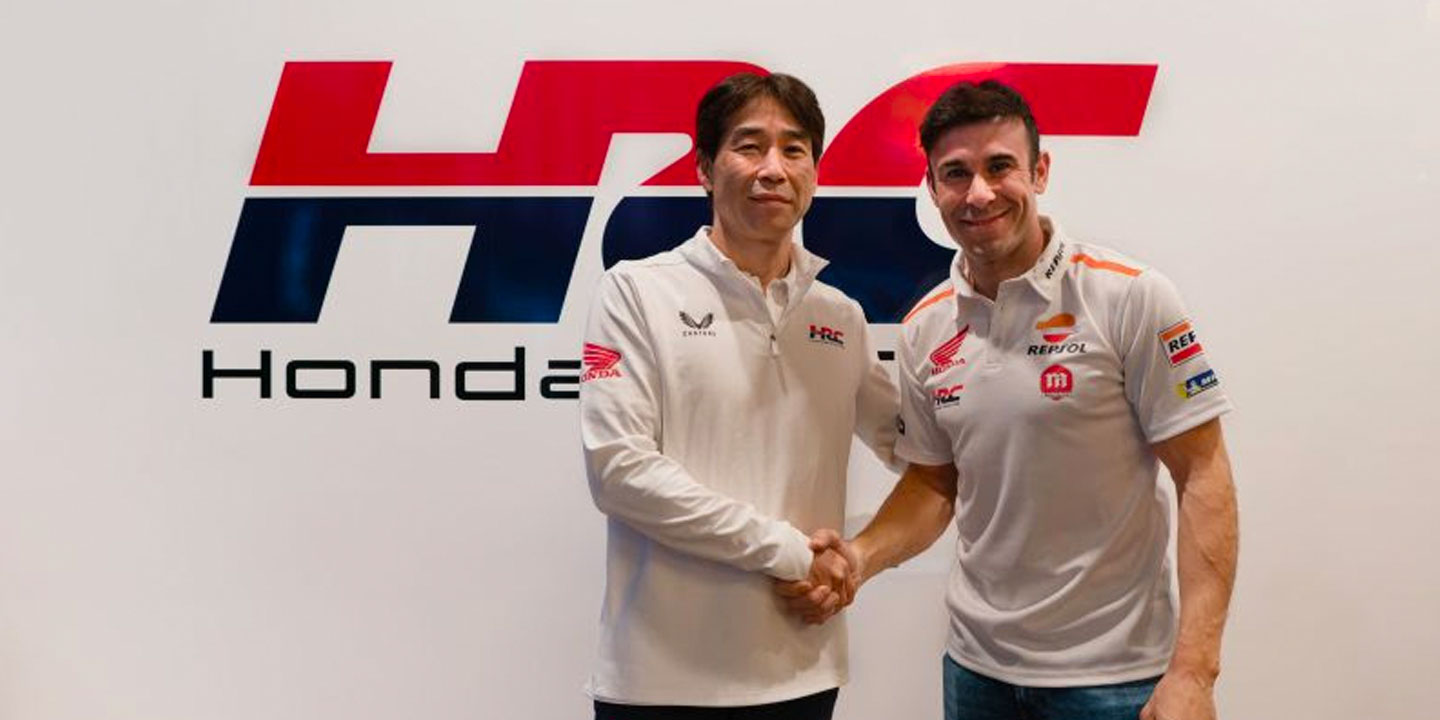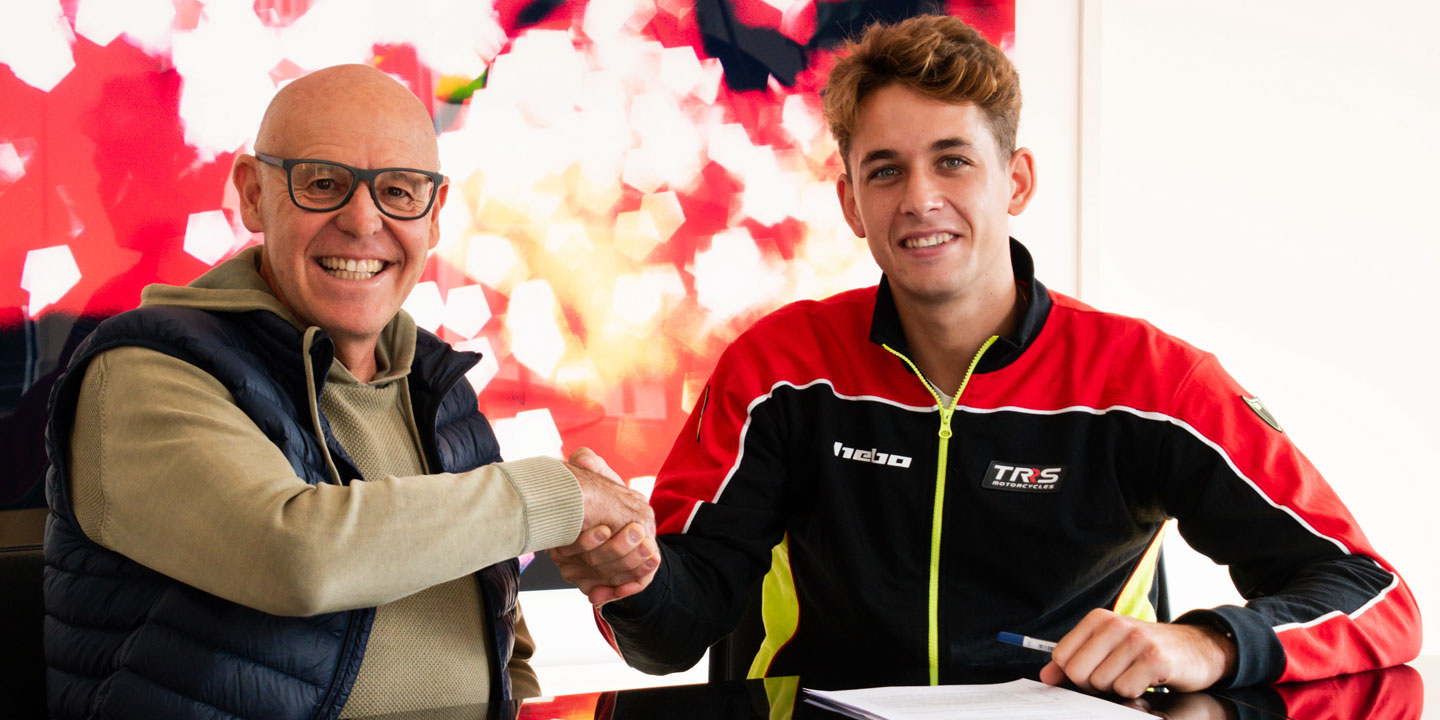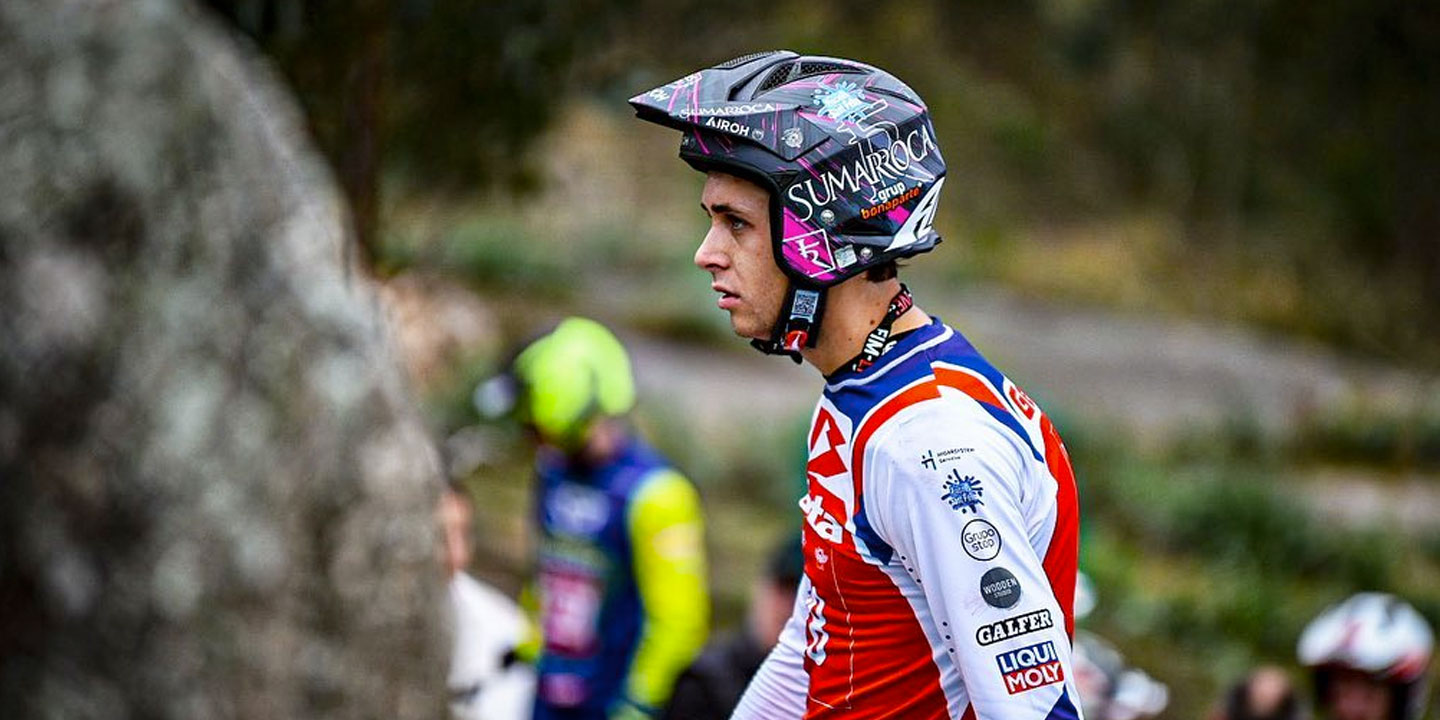Very good areas!
Maybe I should have made this post in May, but for one reason or another I’ve been leaving it, giving priority to other topics. It’s never too late when happiness is good, so I hope you like it.
I could spend hours and hours writing about the trials that have been done or are being done all over the world, even more so about the long-term ones…
But there are two that take the “cake”: the aforementioned 3 Days of Santigosa (3DST), at a local level, and the 6 Days of Scotland (SSDT), at an international level.
Scottish Six Day Trial
Holidays, adventure, dream, challenge, desire… are some of the adjectives to define and justify the presence in the Highlands, during the first week of May, of most of the pilots who attend, of which very few aspire to victory.
It all started in 1909 with the founding of the Edinburgh M.C.C. which organized a 5-day trial on a course of about 760 miles (1,216 km), with 26 riders registered and where the general comment was…”nice excursion with intermediate areas”. That race was destined to be a success, so the following year they added an extra day, being in 1910 the first edition of the Scottish Six Days of Trial.
The outbreak of World War I interrupted the competition, but the six days returned in 1919.
To solve the difficulty of the drivers to follow the route without getting lost, it was marked yellowish ochre by means of a paint barrel installed on a car, a system that would remain active until the mid-70s, when the current system of arrows and flags was introduced.
The outbreak of the Second World War brought the competition to a halt until 1947, when 108 riders took part and the “Scottish” became the most important event in world trial.
“Fort William”, “Pipeline”, “Laggan Locks”, “Ben Nevis”, the dreaded “Blackwater”… what trialist hasn’t heard of it?
The Scottish is the oldest and also the most demanding trial in the world. Only a select few have ever managed to win this event (exceptionally on more than one occasion). Most of them “only” seek to be able to finish the test with more or less acceptable physical integrity.
To this day, it is the only trial competition in the world that takes place over six days. It has a special meaning for British drivers and fans and that’s why Finland’s Yrjo Vesterinen’s victory in 1980 was a huge blow.
Vesterinen was the first rider to beat the British on home soil and it was the beginning of a period (between 1979 and 1988) during which no rider from the islands achieved victory.
Other pilots who have stood out:
Bob McGregor (first Scotsman to win the event), Sammy Miller (five wins and first rider to win on a non-British two-stroke bike), Alan Lampkin (last rider to win on a British four-stroke bike), Bill Willkinson (last rider to win on a British bike), Mick Andrews (five wins and first to win on a non-European bike), Bernie Schreiber (first victory by a non-European rider), Toni Gorgot (first Spanish rider to win the race), James Dabill (first rider to win again with a four-stroke bike since 1966).
I want to make a special mention of Carlos Casas who has been participating assiduously for more than 20 years, finishing in all editions, some with very good results. The best, an absolute thirteenth, as well as four times the best foreigner, several times the best “over 40 years old”, winner by Spanish teams, winner by teams of teams, winner by brands, etc…
An unrepeatable experience. Ideal to share in a group at least once in a lifetimeIn 2001 they had to be suspended due to foot-and-mouth disease.
In 2008 the future of the test was in jeopardy, when the British Army (for the first time) was not able to provide the refuelling service as it had done until then. Even so, they were able to resolve this impediment and the test was held and, if all goes well, it is planned that they will continue in the future without missing their annual appointment in May.
In 2011, the centenary of the event was celebrated.
The Scottish have evolved to a normal level within the global globalization. It is the only season of the year that motorcycles are allowed to pass through the meadows, mountains, streams, etc… in unique places catalogued as triple S (Special Scientific Site), a place of special scientific interest, even more protected than a National Park in our country, but accepting that motorcycles and the natural environment are totally compatible and respecting the traditions of more than 100 years.
Everything mentioned so far plus the nearly 500 pre-registered, for a maximum of 280 participants allowed, makes it a unique event in the world, which I recommend you witness on some occasion, either as a pilot or as a simple spectator, it is worth it!
David has provided the means to channel any comments, but if you want to make it more personalized, you will always find me at bonaigua@bonaigua-trial.com
Lots of zeros!
Victor Martin
“Bonaiguá”
